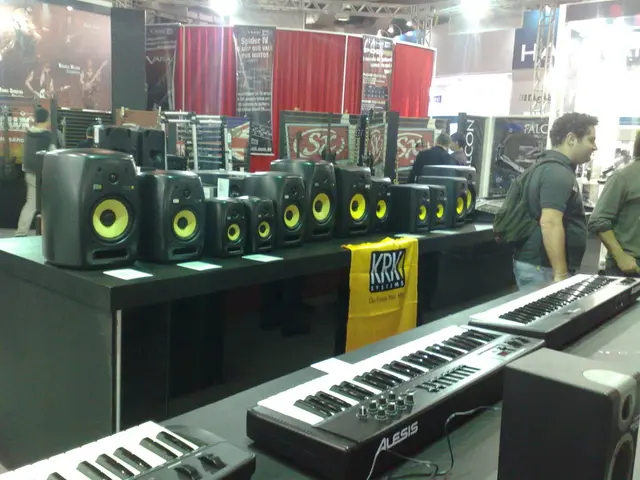Worldwide Crackdown on North Korea's Cryptocurrency Money Laundering
Authorities worldwide, including the U.S. Treasury's OFAC and South Korea's MOFA, have stepped up efforts to combat North Korean (DPRK) money laundering. They target individuals and entities aiding these schemes, even freezing cryptocurrency addresses.
DPRK launderers employ various tactics to evade detection. They use false or genuine identities to open accounts at mainstream exchanges, depending on the jurisdiction. Red flags for private sector monitoring include inconsistent locations or credentials, manipulated documents, and unusual payment preferences. Recent advisories from HM Treasury's OFSI and FBI's IC3 highlight these indicators.
DPRK IT workers infiltrate global IT companies to earn income, often in cryptocurrency. They receive regular payments in stablecoins, which are popular with over-the-counter (OTC) traders due to their consistent value. Funds are laundered through chain-hopping, token swapping, and intermediaries before being sent to North Korea. OFAC designations and DOJ forfeiture actions have targeted these schemes and their financial networks.
DPRK IT workers employ sophisticated techniques to conceal their location and identity. These include using VPNs, fraudulent documents, and AI software. Funds are converted to fiat currency through fictitious accounts or OTC traders.
DPRK's use of cryptocurrency for money laundering is a growing concern. Companies must implement specific checks to identify potential DPRK IT worker activity. Regulatory bodies continue to target enablers and highlight red flags to disrupt these schemes.
Read also:
- Revised Bonus Écologique Boosts French EV Market Share to 63.97%
- Ford Discontinues Popular Top-Seller in Staggering Shift, Labeled as a "Model T Event"
- 2025 Witnesses a 27% Surge in Worldwide Electric Vehicle Sales, Despite Opposition to Electrification Policies in the U.S.
- Summarized Report: Insights from the Realm of Transportation







